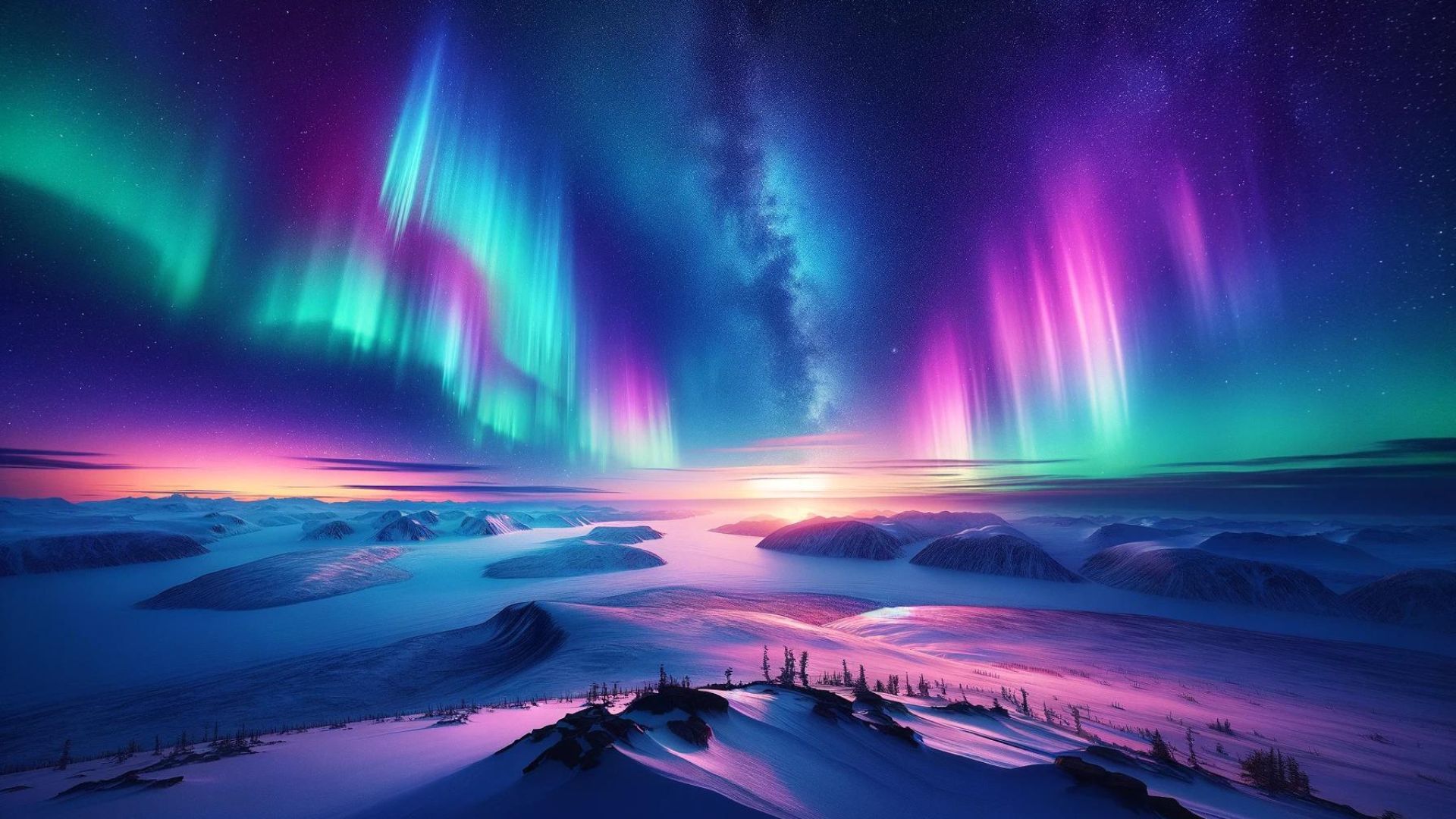The Thrilling Phenomenon of Auroral Displays
Gaze into the captivating world of Earth’s most stunning light show: the auroras. In this article, we delve into the mysteries of the Northern and Southern Lights, exploring their breathtaking beauty and the fascinating science behind their occurrence in the thermosphere. Prepare to be awed by the celestial dance of colors and lights that illuminate our polar skies as we uncover the secrets of these natural wonders. Join us on a journey to understand the intricate interplay between the Sun, Earth’s atmosphere, and the magnetic field that creates this mesmerizing spectacle.
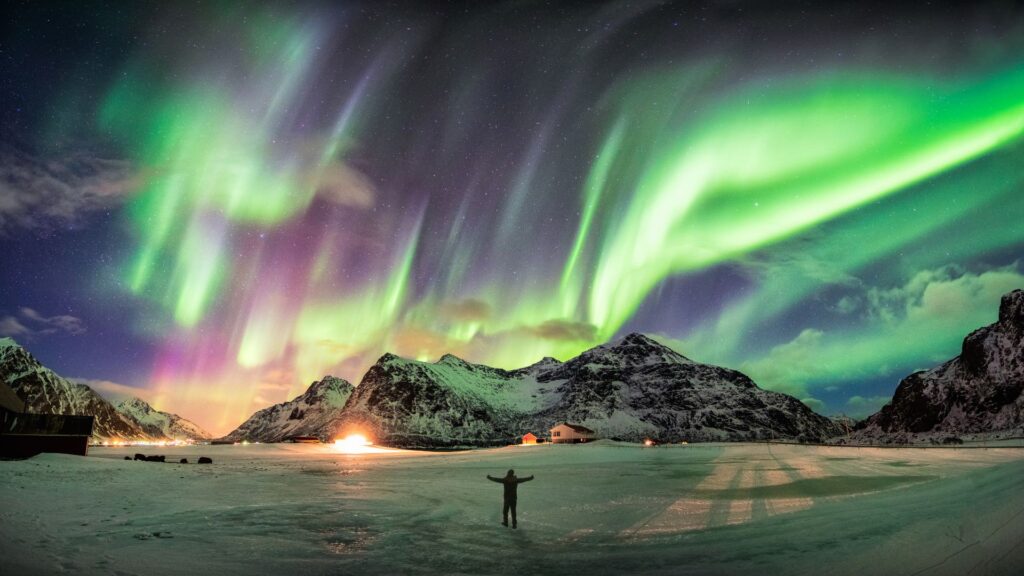
The Allure of Auroras: A Skywatcher’s Dream
Have you ever gazed upwards on a clear night, hoping to catch a glimpse of the ethereal aurora borealis or aurora australis? These celestial phenomena, more commonly known as the Northern and Southern Lights, are a dance of colors in Earth’s upper atmosphere, leaving spectators in awe of nature’s grandeur.
Where the Magic Happens: The Thermosphere
The key to understanding these lights lies in the thermosphere. This high-altitude layer of the Earth’s atmosphere serves as the stage for this spectacular light show. Situated above the mesosphere and stretching up to 1,000 kilometers above the Earth’s surface, the thermosphere is where the interaction of solar wind with our planet’s magnetic field paints the sky in vibrant hues.
Solar Winds: The Conductor of the Auroral Symphony
The phenomenon begins with the solar wind, a stream of charged particles emanating from the Sun. This cosmic breeze, filled with electrons and protons, travels across the solar system, colliding with Earth’s magnetosphere. This collision sets off a cascade of events, ultimately resulting in the awe-inspiring auroral displays.
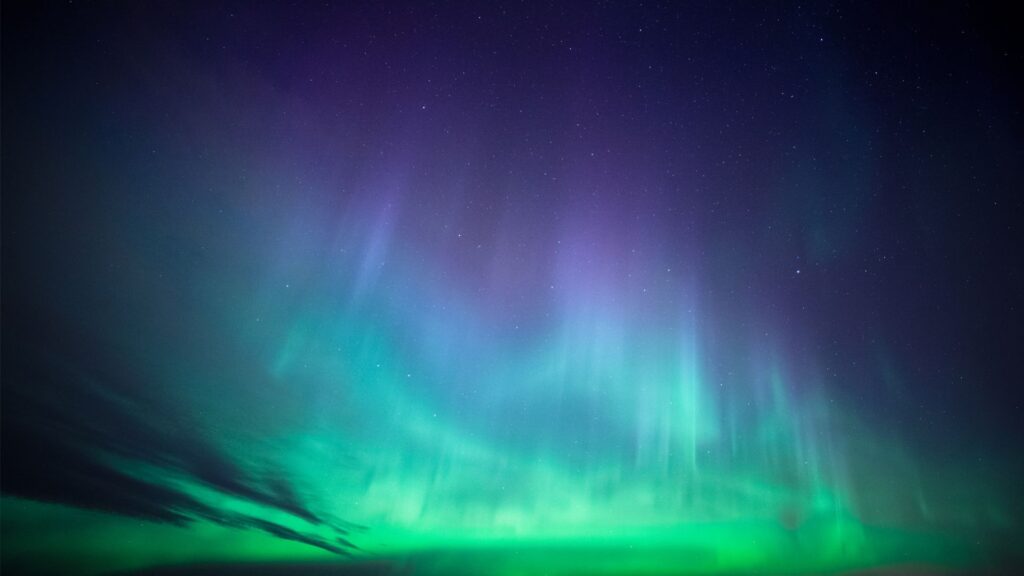
A Palette of Colors: The Science of Auroral Hues
What about the mesmerizing colors? Oxygen and nitrogen, the primary constituents of our atmosphere, play a pivotal role here. When these gases are hit by the energetic particles from the Sun, they emit light – oxygen gives off green and red, while nitrogen adds blue and purple to this natural palette. The result? A breathtaking display of luminous green, sometimes accompanied by red or purple fringes, illuminating the polar skies.
Auroras: More Than Just Earthly Wonders
Earth isn’t the only celestial body to witness such beauty. Other planets within our solar system, endowed with atmospheres and magnetic fields, also experience their versions of auroras. Jupiter and Saturn, for example, showcase their own stunning auroral displays, reminding us that this phenomenon is not just an Earthly affair but a universal spectacle.
The Mesmerizing Dance of Auroras: A Night-time Spectacle
Imagine standing in the polar regions, the sky above you alive with undulating curtains of light. This experience, sought after by travelers and photographers, is both humbling and exhilarating. The auroras, with their unpredictable movements and ever-changing shapes, create a celestial ballet, captivating all who witness it.
Delving Deeper into the Mysteries of Auroras
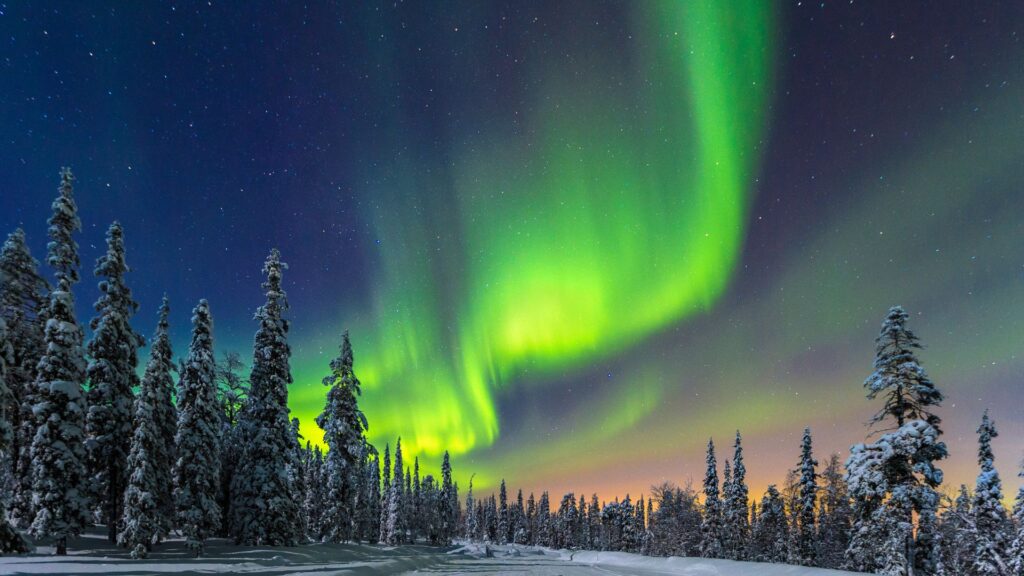
The Impact of Auroras: Beyond Visual Splendor
Auroras, while primarily a visual marvel, also have scientific significance. Their occurrence can lead to disruptions in radio communications and GPS signals due to the charged particles affecting Earth’s magnetic field. This aspect of auroras piques the interest of researchers studying Earth’s electromagnetic environment.
Capturing the Essence of Auroras: Photography and Science
The Northern and Southern Lights are not just a treat for the eyes but also a subject of fascination in photography and scientific research. Capturing these lights requires patience and skill, and scientists use these observations to better understand solar-terrestrial interactions.
Global Phenomenon: Auroras Around the World
While the polar regions are prime spots for aurora viewing, during strong solar storms, these lights can sometimes be seen at lower latitudes, offering a rare spectacle to those living far from the poles. This global aspect of auroras unites people worldwide in their admiration and curiosity.

Auroras and Climate: Is There a Connection?
Research into auroras also extends into understanding their relationship with Earth’s climate. The study of how solar activity, as reflected in auroras, affects atmospheric conditions is an ongoing field of inquiry in meteorology and climatology.
The Future of Auroral Studies: New Frontiers
With advancements in technology, our ability to study and understand auroras continues to grow. Future missions and research projects aim to delve deeper into the secrets of these lights, providing insights not just about our planet but potentially about other worlds in the universe, too.
The Atmospheric Stage for Auroras: The Thermosphere
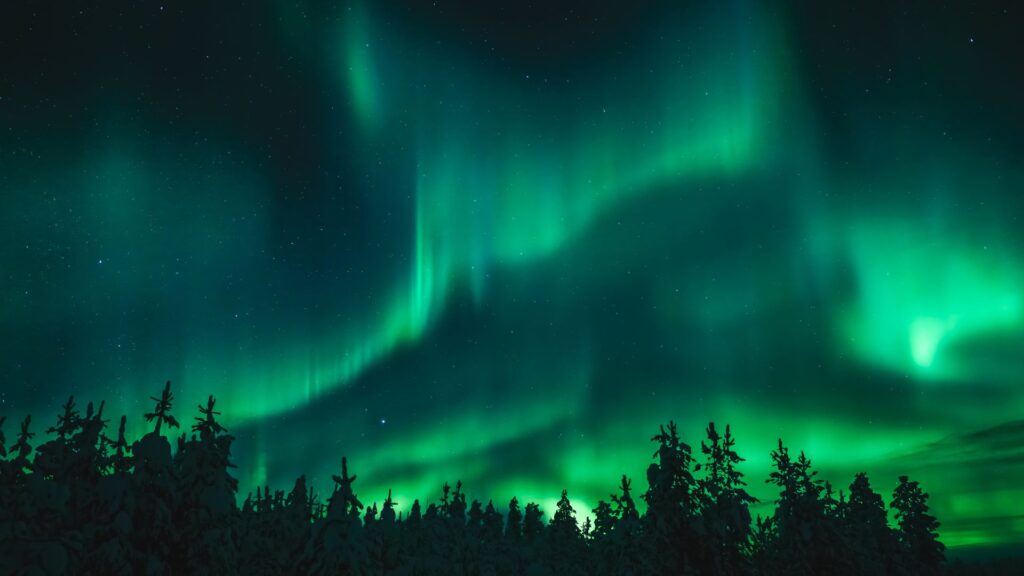
Unlocking the Secrets of the Thermosphere
The dazzling Northern and Southern Lights, known as the aurora borealis and aurora australis, predominantly occur in the thermosphere, a high-altitude layer of Earth’s atmosphere. This layer, sitting above the mesosphere and below the exosphere, extends from about 90 km to 1,000 km above the Earth’s surface.
The thermosphere is characterized by its low air density and high-temperature variations, influenced significantly by solar activity. During the day, temperatures can be about 200°C hotter than at night, and during active solar phases, they can soar up to 2,000°C.
Despite these high temperatures, the thermosphere’s sparse air density means that it wouldn’t feel hot to a human touch, as the heat transfer is minimal. It’s a region where the Earth’s atmosphere meets outer space, and it’s where the International Space Station orbits.
Auroras: The Thermosphere’s Luminous Display
Auroras form in the thermosphere when charged particles from the Sun, carried by solar winds, collide with the Earth’s magnetosphere. These particles are funneled towards the poles by the Earth’s magnetic field and interact with gases like oxygen and nitrogen in the thermosphere, creating glowing auroral lights.
The specific colors of auroras – greens, reds, blues, and purples – are determined by which gas is involved and the altitude at which the interaction occurs. Oxygen at lower altitudes emits green light, while at higher altitudes, it can produce red; nitrogen adds blue and purple hues to the display.
While exploring the stunning phenomena of auroras in the thermosphere, it’s fascinating to compare them to other atmospheric electrical events, such as lightning. To gain a deeper understanding of the power and energy contained in lightning bolts, I recommend reading an insightful article on Atmospheric Lights, which delves into the electricity content of lightning and its impressive natural force.

